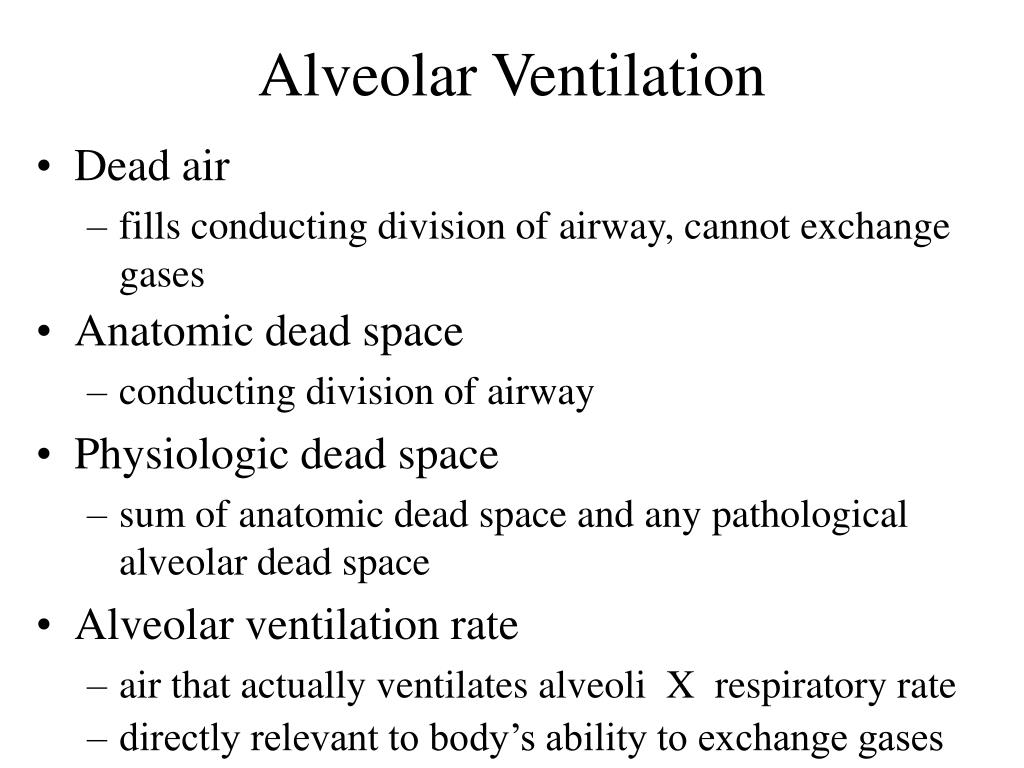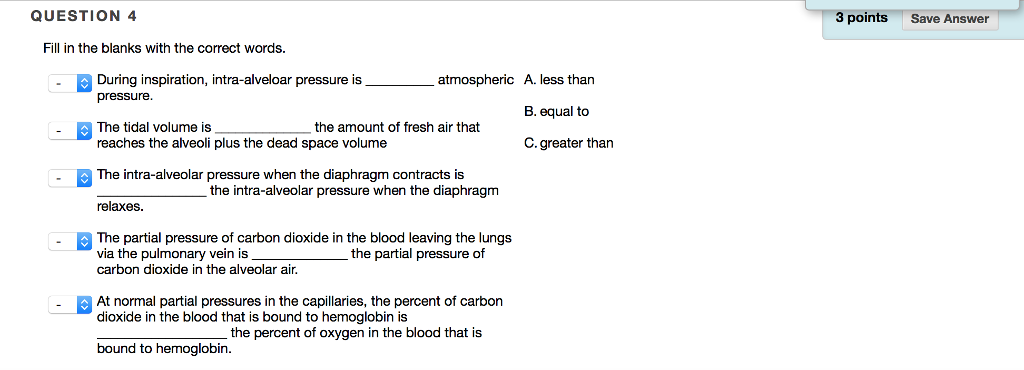

are monitored and receive diuretics to prevent fluid overloadĭoctors may also prescribe antibiotics if the cause of ARDS is a bacterial infection.
 receive medical attention at the standards of an intensive care unit. Treating ARDSĪt present, no single drug-based treatment can prevent or manage ARDS. surgical interventions, such as a transplant. noninvasive positive pressure ventilation. These drugs can be corticosteroids or phosphodiesterase-4 inhibitors. Medical treatment generally involves a bronchodilator alone or alongside anti-inflammatory drugs. Treatments for these conditions aim to slow their progression and relieve the symptoms. Scientists have not yet found a cure for COPD, ARDS, asthma, or IPF. For this reason, treating the underlying health condition is key. But the extent of the repair can vary from person to person.Īlso, the rate of repair needs to exceed the rate of destruction for the area to recover. There is also evidence that people with COVID-19 can develop alveolar damage. Doctors distinguish the features of the scarring under a microscope to rule out any other diagnosis. Idiopathic pulmonary fibrosis (IPF): This type of scarring in the lungs, including the alveoli, has no clear cause. It leads to inflammation and air being trapped within the alveoli.
receive medical attention at the standards of an intensive care unit. Treating ARDSĪt present, no single drug-based treatment can prevent or manage ARDS. surgical interventions, such as a transplant. noninvasive positive pressure ventilation. These drugs can be corticosteroids or phosphodiesterase-4 inhibitors. Medical treatment generally involves a bronchodilator alone or alongside anti-inflammatory drugs. Treatments for these conditions aim to slow their progression and relieve the symptoms. Scientists have not yet found a cure for COPD, ARDS, asthma, or IPF. For this reason, treating the underlying health condition is key. But the extent of the repair can vary from person to person.Īlso, the rate of repair needs to exceed the rate of destruction for the area to recover. There is also evidence that people with COVID-19 can develop alveolar damage. Doctors distinguish the features of the scarring under a microscope to rule out any other diagnosis. Idiopathic pulmonary fibrosis (IPF): This type of scarring in the lungs, including the alveoli, has no clear cause. It leads to inflammation and air being trapped within the alveoli.  Asthma: This condition affects around 15–20% of people in developed countries. Acute respiratory distress syndrome (ARDS): This noncancerous cause of swelling in the lungs stems from inflammation and the accumulation of fluid in the alveolar space. Other causes of damageĪ 2021 review describes various other health conditions that can damage the alveoli:
Asthma: This condition affects around 15–20% of people in developed countries. Acute respiratory distress syndrome (ARDS): This noncancerous cause of swelling in the lungs stems from inflammation and the accumulation of fluid in the alveolar space. Other causes of damageĪ 2021 review describes various other health conditions that can damage the alveoli: 
About 14 million people in the United States have it.ĬOPD is an umbrella term for health conditions that limit airflow in the lungs and damage lung tissue and alveoli. One cause of damaged alveoli is pulmonary emphysema, a form of chronic obstructive pulmonary disease (COPD). It can create difficulty getting oxygen into the blood and carbon dioxide out of it.Īs a result, harmful chemicals can accumulate, and the body may not have enough oxygen to function optimally. Any damage to the alveoli can affect how well a person breaths.








 0 kommentar(er)
0 kommentar(er)
